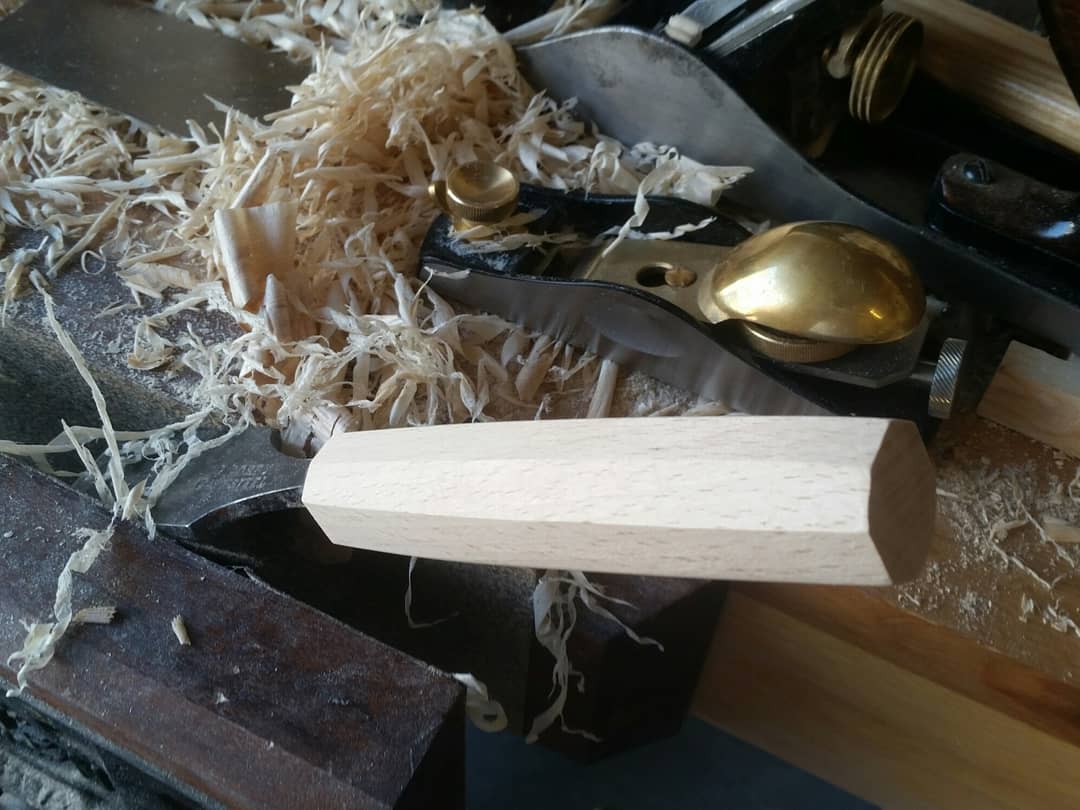What do you think of this then:
https://www.fine-tools.com/socket-chisel.html
A chisel supplied with two handles so you can switch them when you need to whack it a bit or when you just need to give it a push.
I think the idea is logical but I'm not convinced. Suppose you'd been using the bashing handle for a while and it had embedded itself nicely into the ferrule. Would you want to take it out?
https://www.fine-tools.com/socket-chisel.html
A chisel supplied with two handles so you can switch them when you need to whack it a bit or when you just need to give it a push.
I think the idea is logical but I'm not convinced. Suppose you'd been using the bashing handle for a while and it had embedded itself nicely into the ferrule. Would you want to take it out?









































